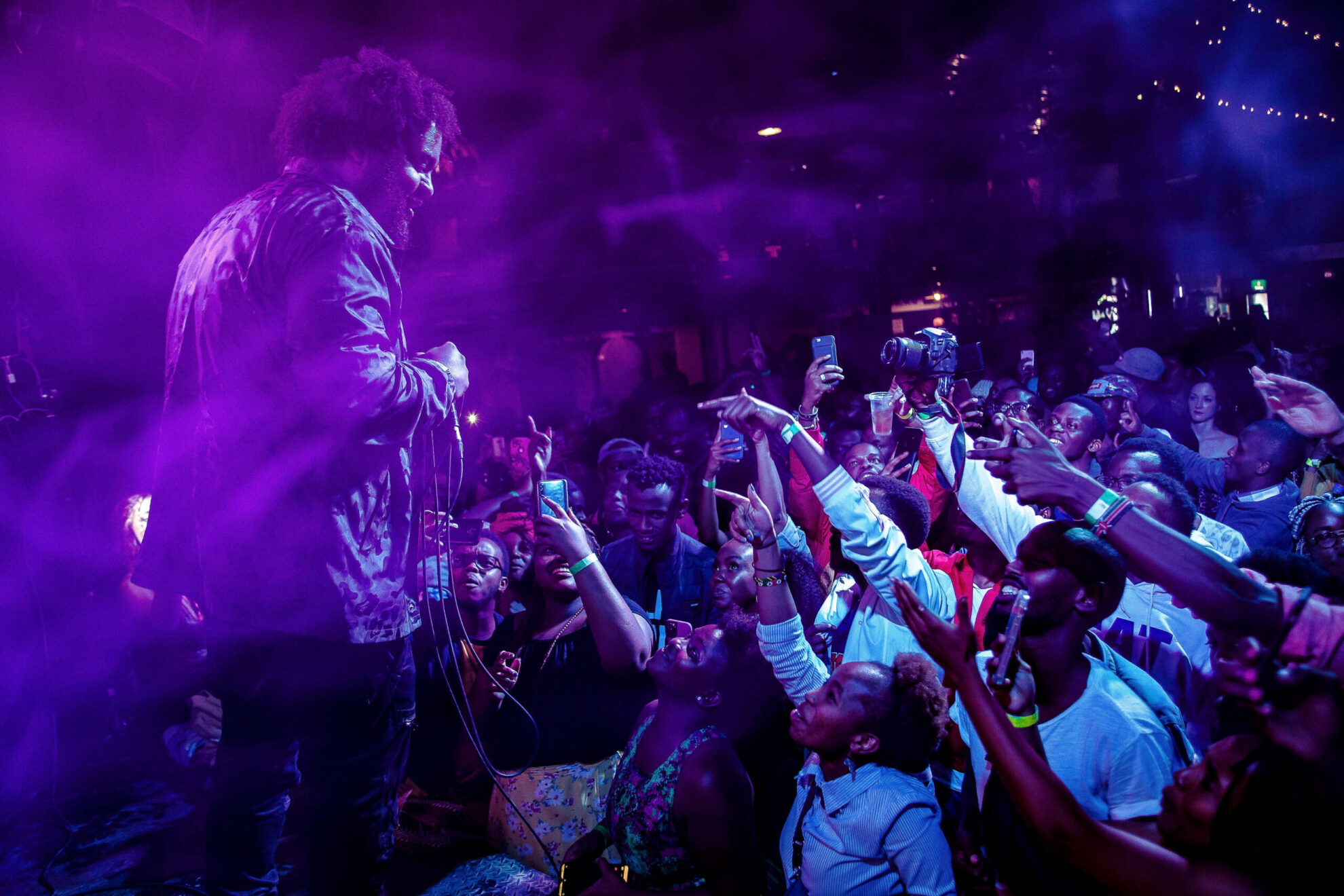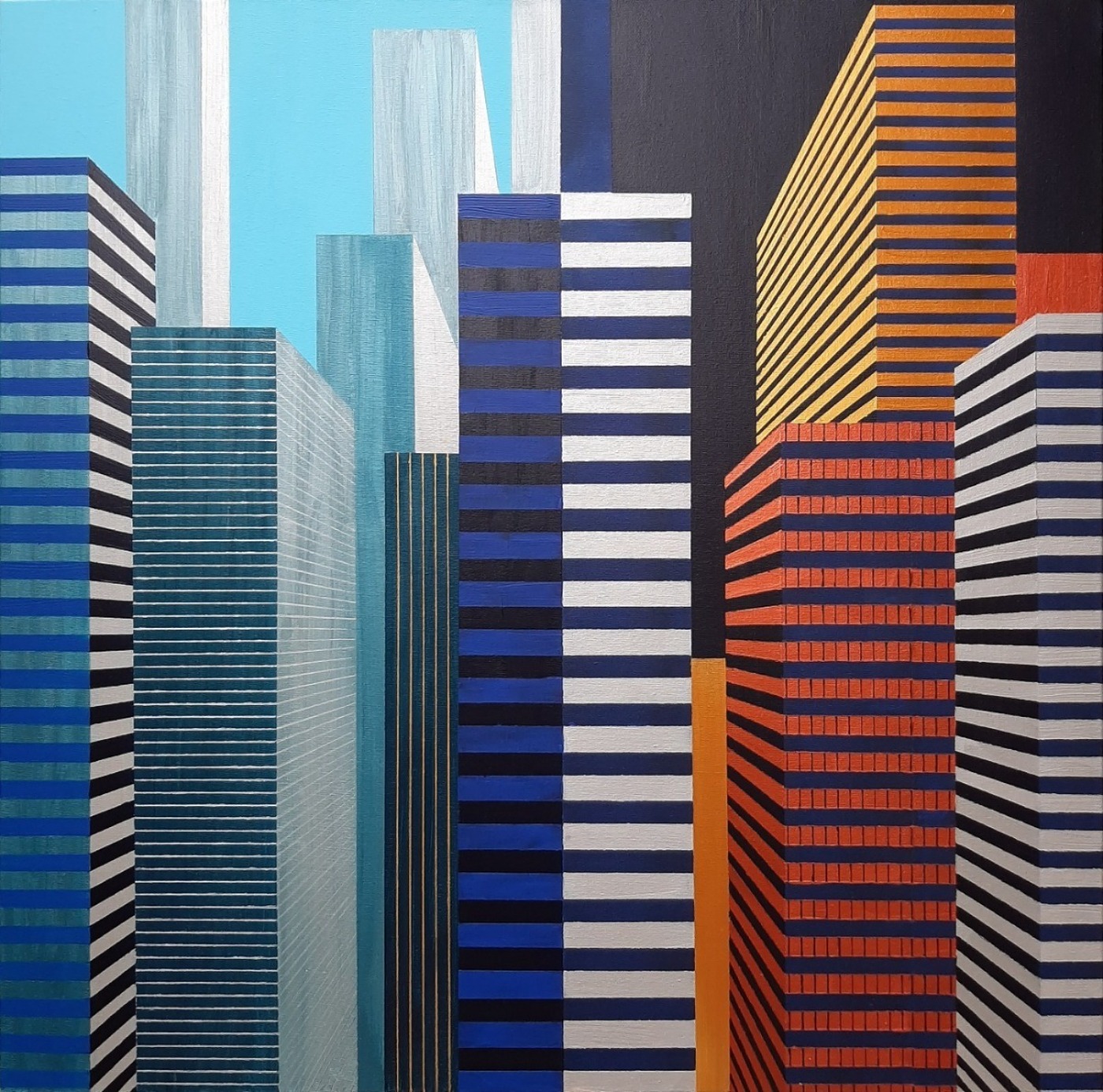When Paulo Coelho wrote The Alchemist, he captured the hearts and imaginations of many, young and old. The novel explores what it means to find your heart’s treasure, and has inspired millions to explore their own hearts for the same.
Among those inspired are a group of artists at the forefront of a culture shift in the Kenyan capital. And their art has been guided by an extraordinary space called The Alchemist Bar.

Bringing Young Creatives Together
Alchemist is the face of a new wave of culture that the youth of Nairobi have adopted. The space carved out a niche by providing young people with relief from the routine of their professional lives, and more importantly, by bringing young creatives together on their journeys to becoming artists.
Located in the bustling concrete jungle of Westlands, Alchemist forms a contrast with its surroundings, owing to its informal nature. This is a necessary contrast, and it is common to see blue-collar workers mingling with artists Thursdays through Sundays. Regardless of their informal and formal backgrounds, one thing that brings them together is the spirit of hustle.
Why hustle? Hustle is the Nairobi Way. Hustle is pivotal to Kenyan culture. It flows through our veins. It is ingrained in our identity.
Every Saturday afternoon at Alchemist provides an insight into the Nairobi Way. Street food vendors are regularly on their grind. Locally made beer retails at a price below other beers on sale. The artwork on display sells itself. The fashion trends are unbelievably refreshing. Every day people go there to do an every other day activity; to soak it all in and enjoy themselves. The aspect of taking time to enjoy the fruits of one’s labor is just as central to the Nairobi Way as everything else.

An Event Organizer’s Dream
The popular events and party culture of Nairobi may benefit Alchemist greatly, but Alchemist benefits Nairobi event organizers at least as much. Whenever event organizers would like to paint their creative vision onto the city, they often use Alchemist as their canvas. Unsurprisingly, this joint initiative often works to great effect.
While the space boasts exceptional facilities, there is more to Alchemist than meets the eye.
The space’s unique selling point is the fact that it is a home to young artists searching for their identity. It has created a platform for them to grow without external commercial pressures, and while this scenario should not work in an ideal world, the vision Alchemist has for artists is anything but idealistic. The space understands the power of a unified movement, and it capitalizes on this power to maximize the artists’ potentials.
However, commercial pressures only scratch the surface of challenges posed to creatives in Nairobi, and here is why:
Societal Expectations Pose a Greater Challenge to the Creative Community
The artists often have those close to them look down upon their creative endeavors. We have conditioned ourselves to opt for the blue-collar way at the expense of creativity, and this stifles many a creative spirit. Apart from the emotional toll, it is common for artists to not receive financial support from families and friends. The government is just as discriminate against artistic endeavors, opting to advance any other development agenda but this one.
Thankfully, there are several spaces across the continent working earnestly to counter this perception. Alchemist is at the forefront, and because of their commitment, young creatives are becoming protagonists in their own stories.

The Story of the Alchemist Bar Is Not Complete on Its Own
Alchemist only forms a part of a larger story which our creatives are writing. Some may look down upon their creative pursuits, the global pandemic may slow them down, but not one of these limitations holds a candle to the power of a unified artistic movement.
There is no direct link between Paulo Coelho’s book and the Nairobi space bearing a similar name, but there is a common and powerful takeaway:
Young people must write their own stories, and this warrants the need for people and spaces that support them in their efforts.
To read more about similar spaces, I invite you to have a look at The Artist Co-op in NYC and the Lewisham School of Muralism in London.





